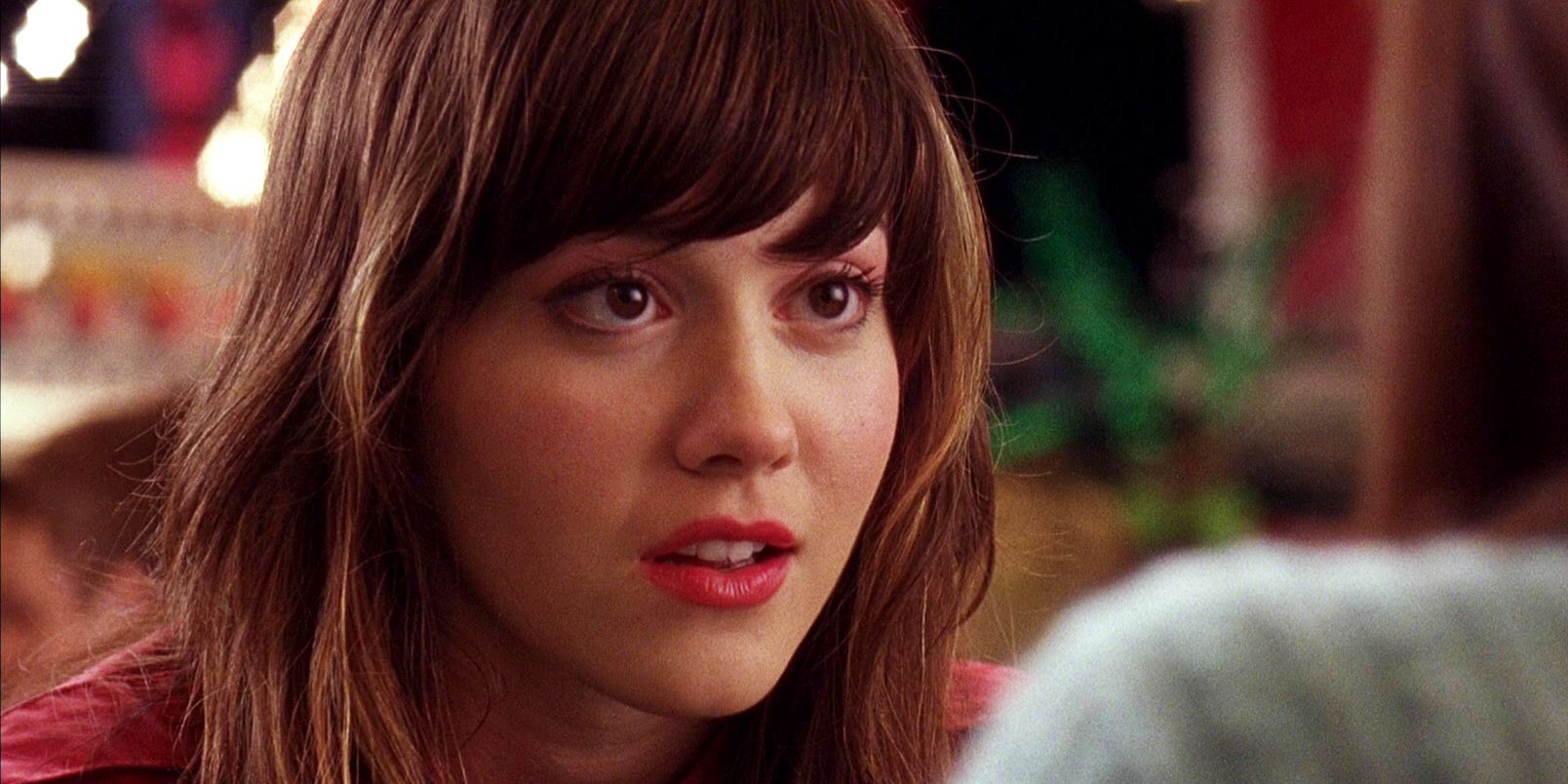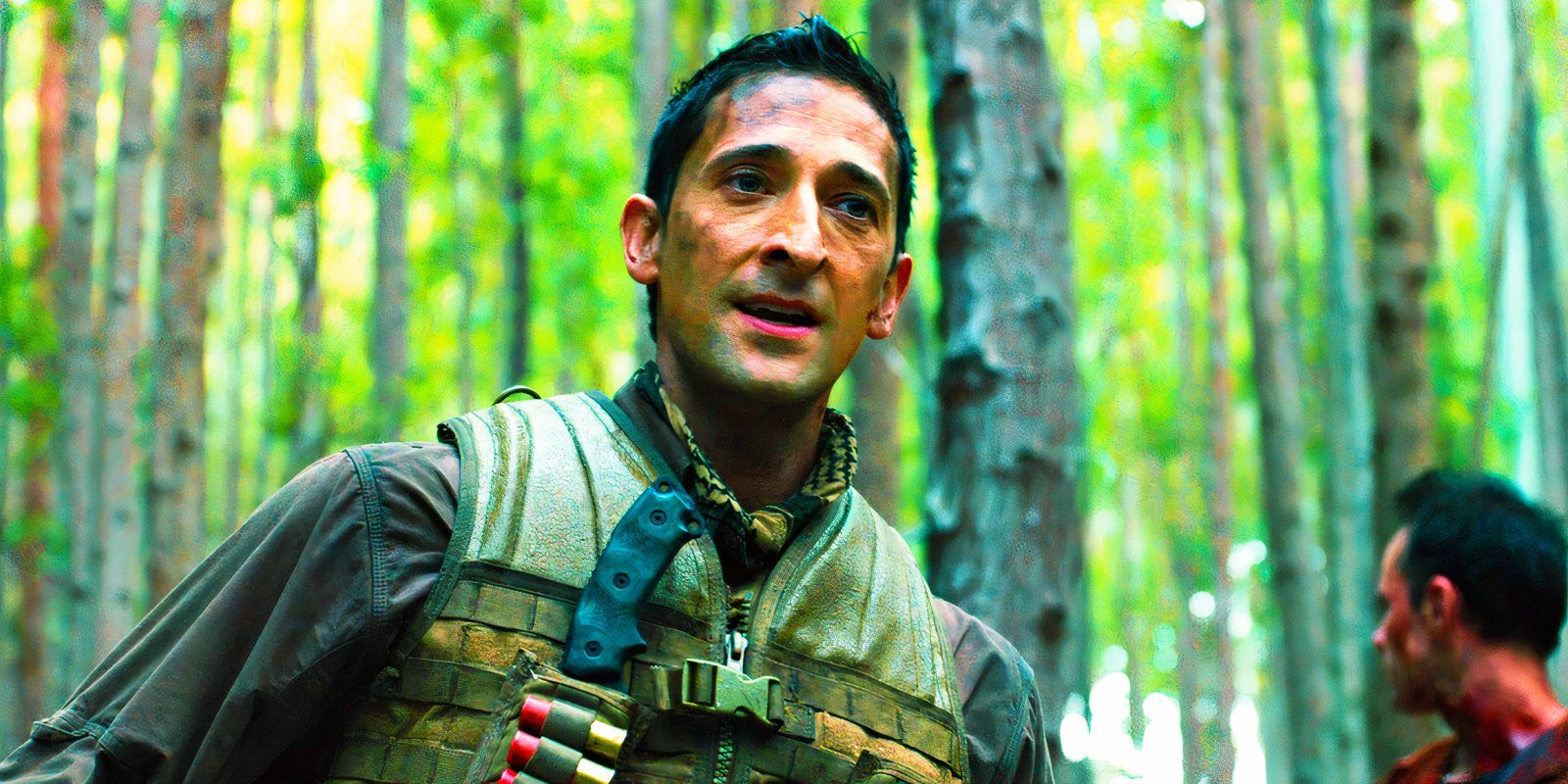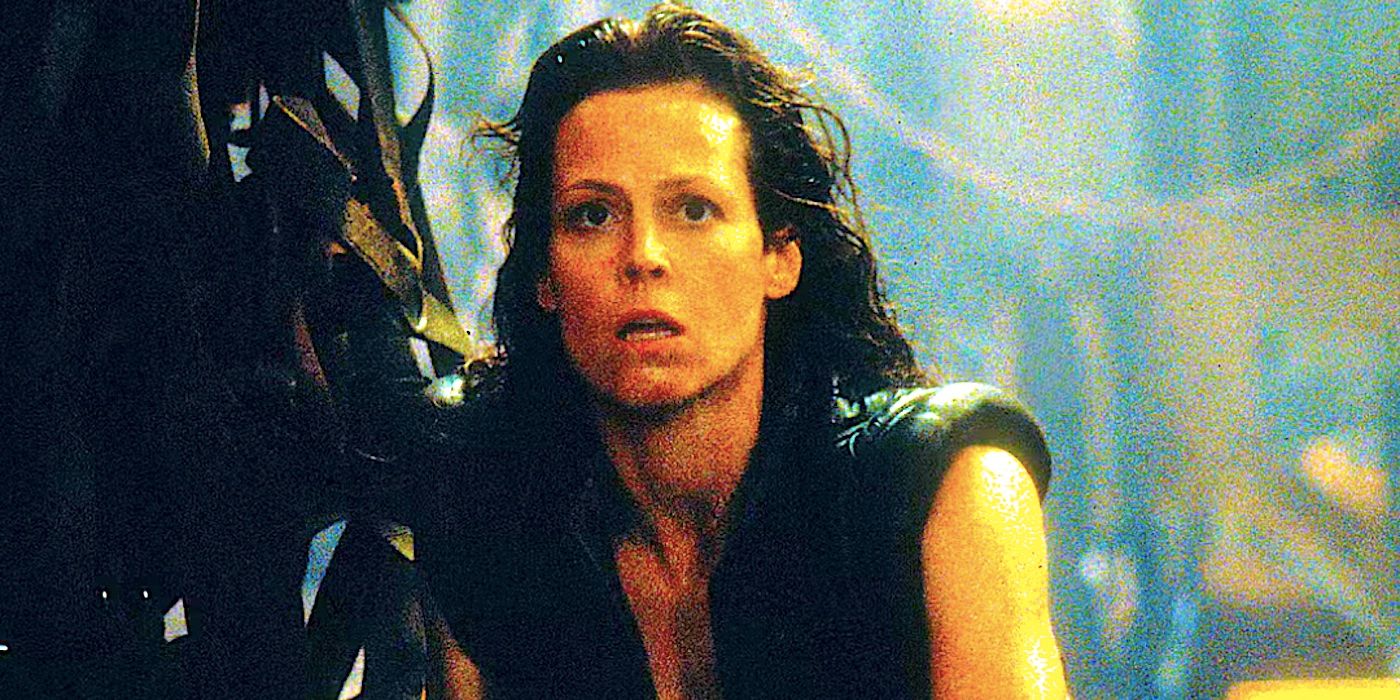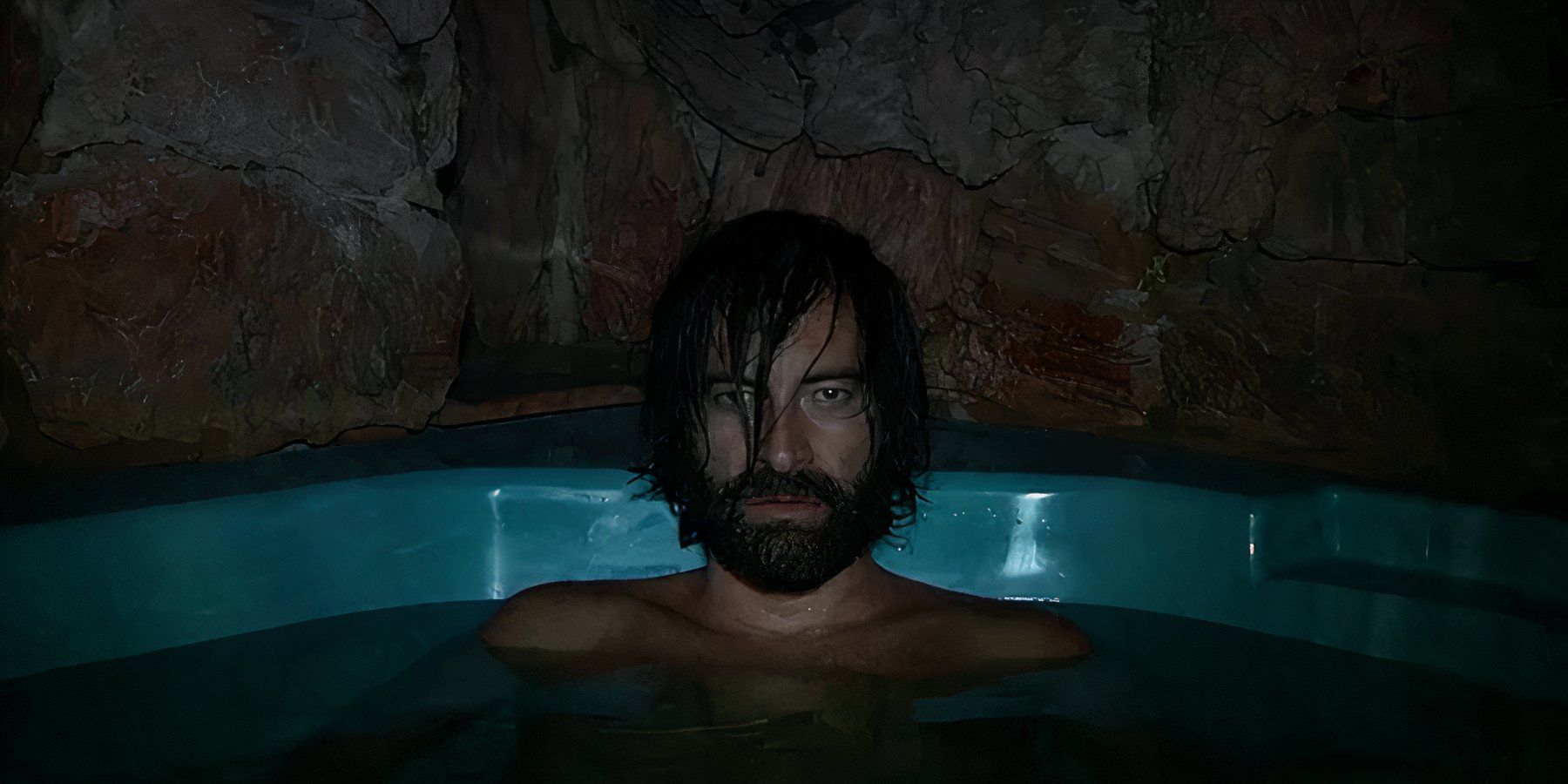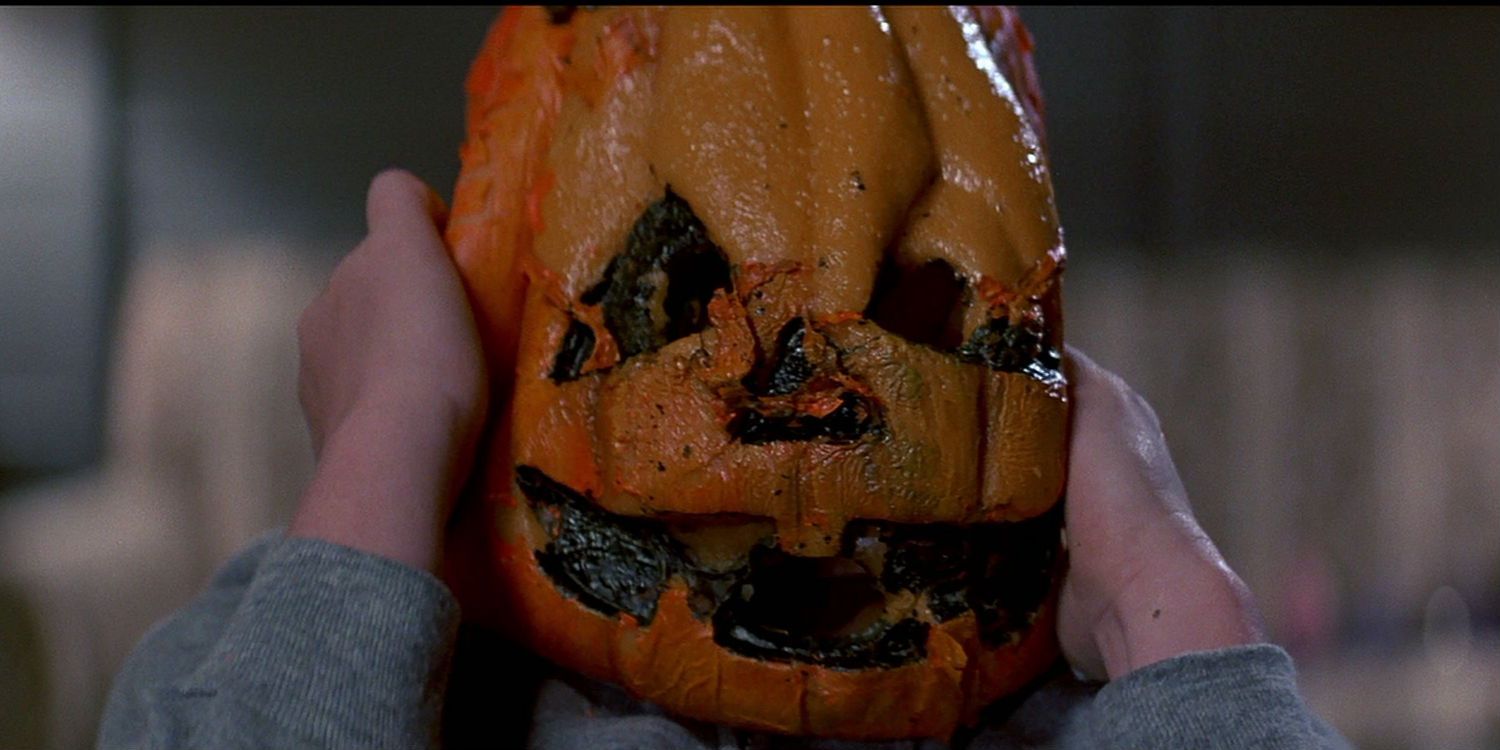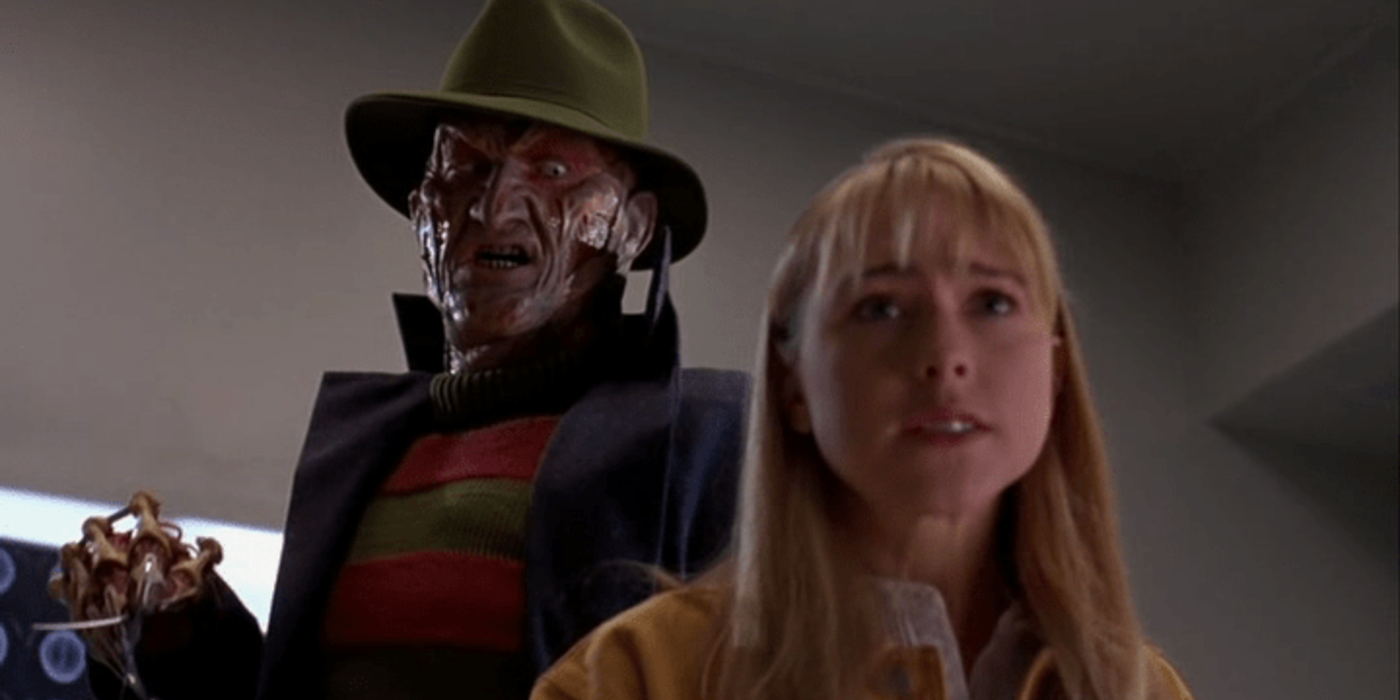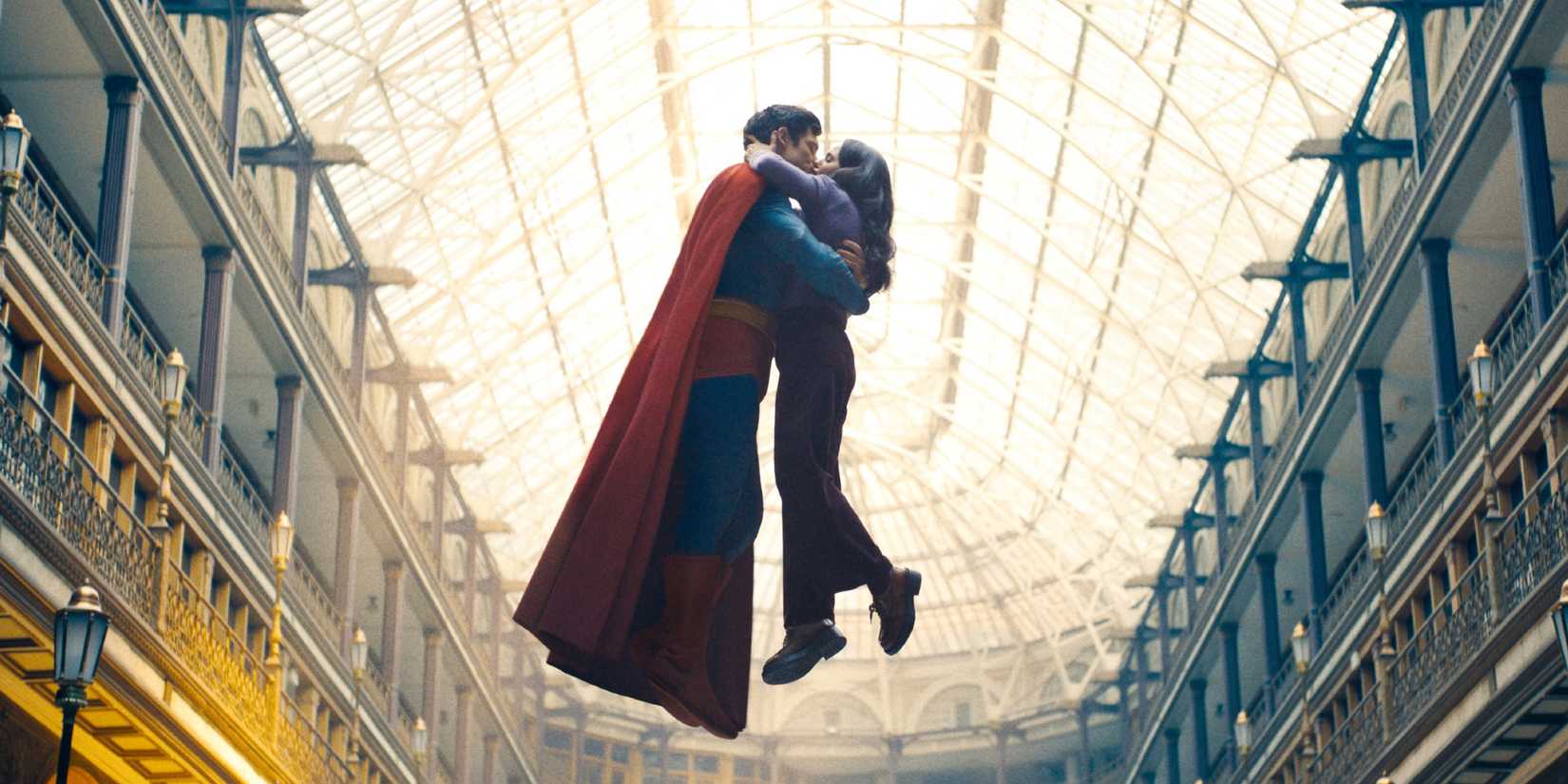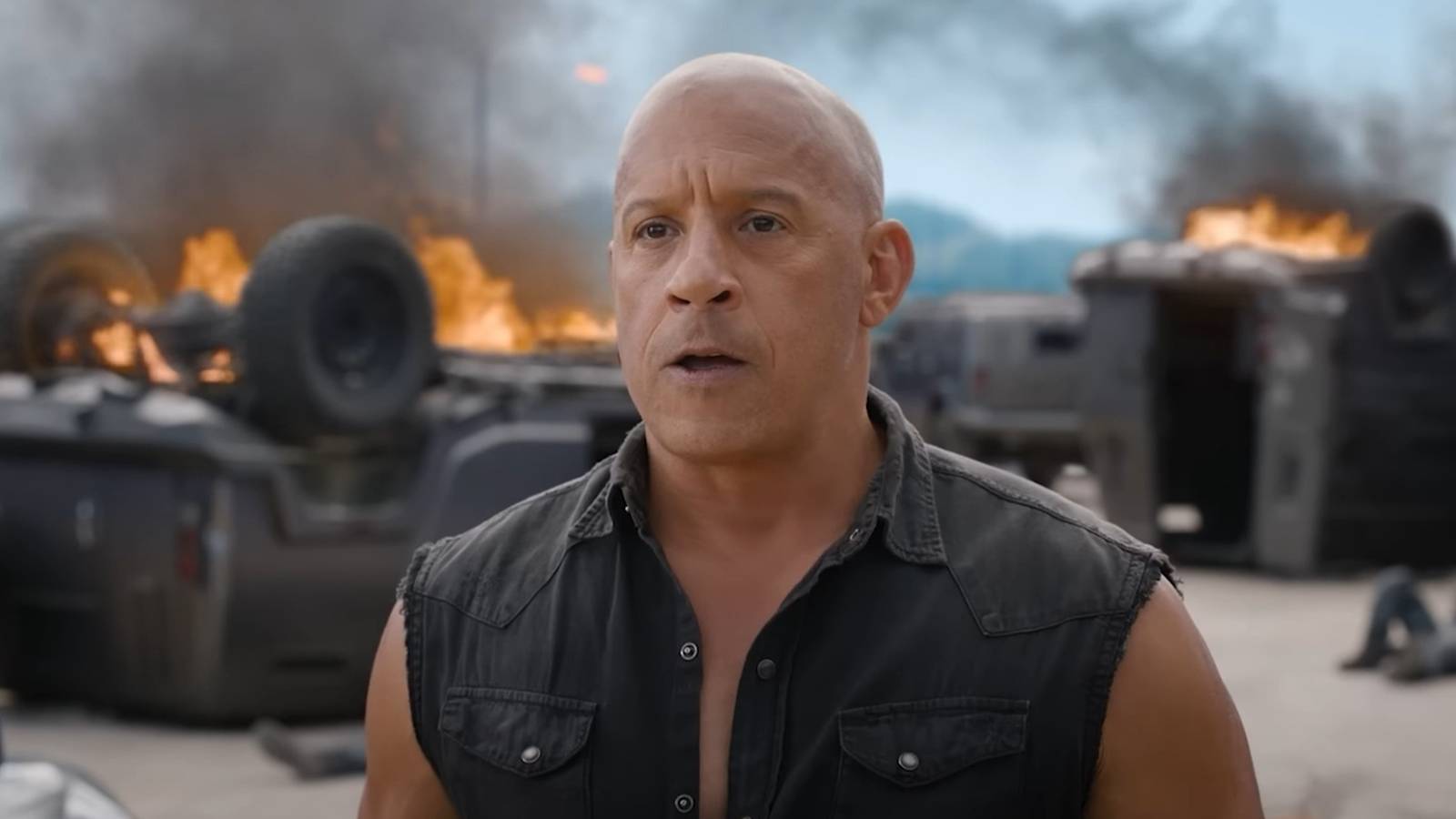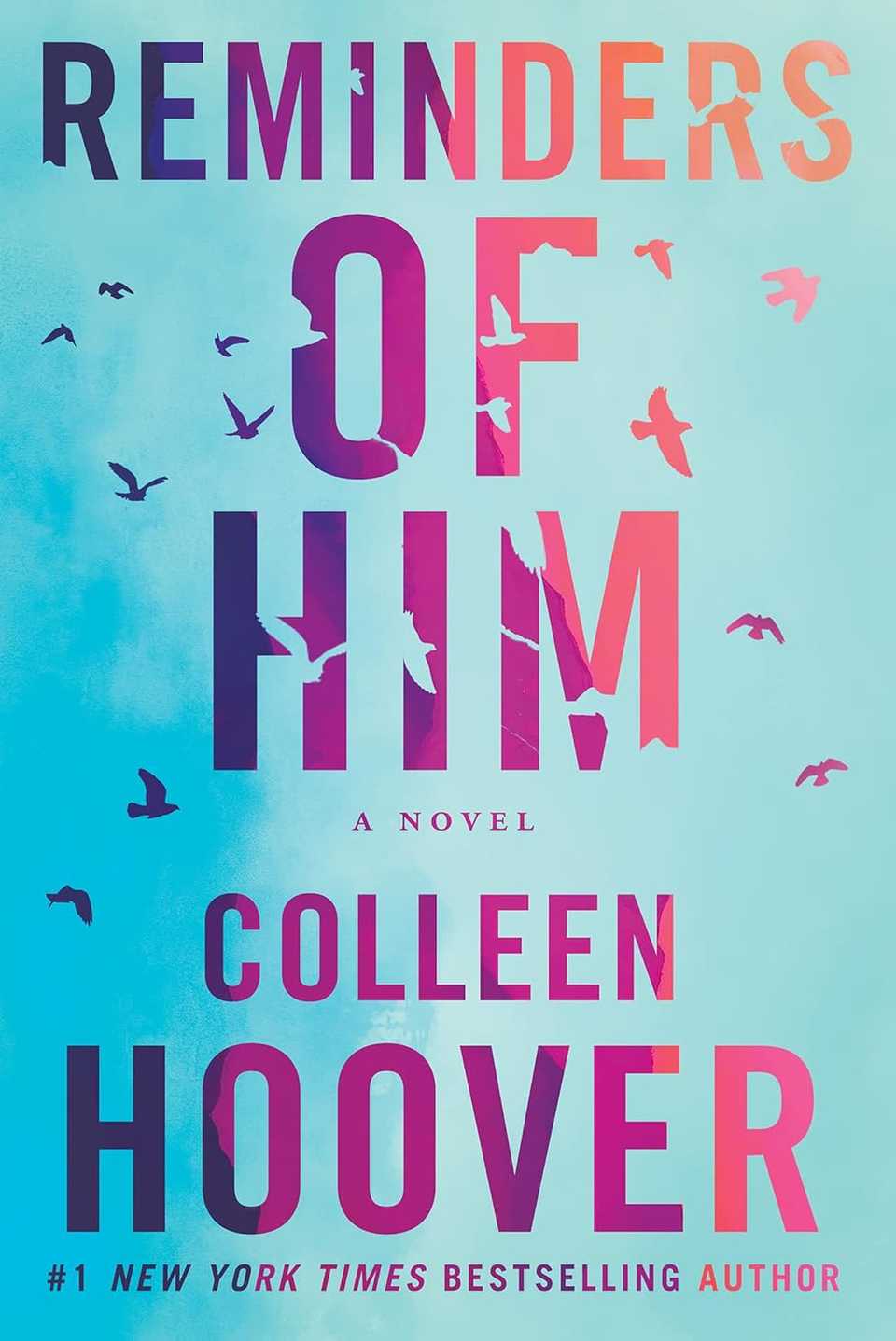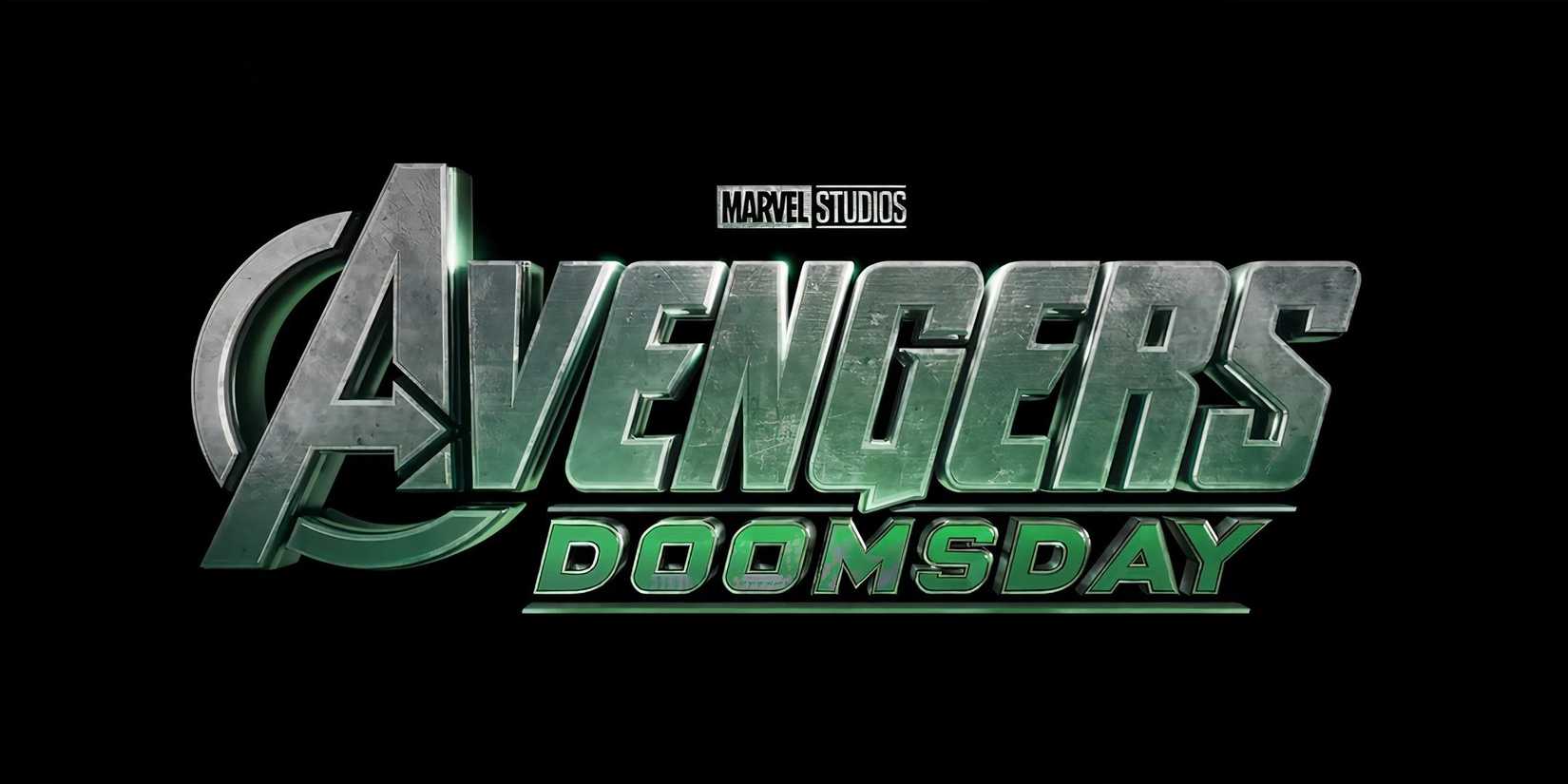While many horror series are happy just to continue telling the same story over and over, it’s always nice when a franchise switches things up with a fun change of pace. This can include the introduction of new characters, expanding upon the mythology of the series, or changing things up by embracing entirely new genres and styles. Some filmmakers have taken things even further and break the fourth wall with knowing, self-referential movies that lean into the franchise’s legacy and pop culture influence.
The best horror franchises have found interesting ways to keep things fresh, as a horror series will quickly run out of steam if it simply retreads the same premise time and again. From fictional serial killers entering the real world to sequels that take place hundreds of years later, it’s always enjoyable when filmmakers take a risk and shake things up in a long-running series. While not all of these films were cinematic masterpieces, they were definitely underrated sequels that deserve more attention from mainstream viewers.
10
Bride Of Chucky (1998)
Directed by Ronny Yu
While the Child’s Play franchise was always a knowing and self-aware horror series, the introduction of Chucky’s former lover and accomplice Tiffany Valentine brought a new air of campy fun to this killer doll universe. With Jennifer Tilly voicing this newly introduced love interest, Bride of Chucky infused the franchise with a sense of romance that had been missing from previous entries. By leaning into the more outrageous aspects of the series, Bride of Chucky became more of a satirical horror rom-com than an outright doll-centric slasher.
The way that Bride of Chucky blended several different genres was a fun change that gave the franchise a new lease of life. Tiffany, as a character, also opened the door for new stories in the Child’s Play universe, as the pair’s gender-fluid child Glen/Glenda would revive them for the sequel Seed of Chucky in 2004. By adding something new to the franchise, Bride of Chucky ensured the longevity of the series and stopped its formula from feeling stale.
9
Final Destination 3 (2006)
Directed by James Wong
By the time the third Final Destination movie came out, audiences were more than familiar with the premise of this intriguing horror series. As an atypical horror franchise, part of the appeal of Final Destination was that the villain was Death itself, and its would-be victims were facing a grand, unknowable threat that went beyond themselves. Final Destination 3 took this concept even further by using pH๏τographs to foreshadow the circumstances of characters’ deaths, giving them a new avenue to try and avoid their fate.
The use of pH๏τographs in Final Destination 3 was a fun change of pace that was not carried forward in any other entry in the series. Instead, this was a one-off storytelling technique that added suspense and tension to the narrative. By contrasting horrific deaths with seemingly innocent pH๏τographs, Final Destination 3 kept the series engaging and ensured this movie did not merely repeat the same storyline as the previous two movies.
8
Predators (2010)
Directed by Nimród Antal
While the original 1987 movie with Arnold Schwarzenegger will always be the benchmark by which this sci-fi horror franchise is judged, there have been some seriously interesting sequels in the Predator series. From the city setting of Predator 2 to the Native American influences on the acclaimed prequel Prey, the Predator series has spiraled into many different directions with varying levels of success. One truly underappreciated release in the franchise was Predators, a high-concept horror that saw human killers kidnapped and hunted by Yautja on a Predator game reserve planet.
By taking the action off-Earth entirely, Predators was a fun change for the franchise that allowed for the inclusion of many different species variants of the extraterrestrial hunters. With some great action sequences and an inventive premise, despite receiving mixed reviews at the time, this ensemble horror was a lot of fun. As a film packed with A-list talent and great performances from the likes of Adrien Brody, Laurence Fishburne, and Walton Goggins, Predators was far better than its reputation suggests.
7
Alien Resurrection (1997)
Directed by Jean-Pierre Jeunet
The Alien franchise has had a somewhat divisive history, as Ridley Scott’s original Alien and James Cameron’s Aliens are widely considered cinematic masterpieces, yet the rest of the franchise has consistently struggled to reach the same heights. One of the most maligned movies in the series was the fourth installment, Alien Resurrection, which took a big risk by setting it 200 years in the future and bringing back Sigourney Weaver as a cloned version of Ellen Ripley.
While many may feel that the return of Ripley undid the impact of her sacrifice in Alien 3, the truth was that this version of the character saw significant changes as she was merged with the DNA of a Xenomorph alien. This bold character decision added a layer of complexity to Ripley’s connection with the fearful species and pushed forward the ever-present theme that military scientists and government officials simply want to exploit the use of the Xenomorph for their own sinister aims. With this in mind, Alien Resurrection was yet another compelling addition to this series’ fascinating mythos.
6
Psycho IV: The Beginning (1990)
Directed by Mick Garris
While the Psycho series was a prime example of a horror property that had no business becoming a franchise, it’s still enjoyable to watch Anthony Perkins reprising his all-time great role as the troubled killer Norman Bates. Although it’s true that no follow-up film could live up to the lofty expectations of Alfred Hitchcock’s original adaptation of Robert Bloch’s novel, Psycho IV: The Beginning brought a fun change to the franchise as it acted as both a prequel and sequel to what came before.
Psycho IV was a highly underrated made-for-TV movie that saw an older Norman looking back on his adolescence in a thrilling character study that examined the killer’s uncomfortably close relationship with his schizophrenic mother. With incestuous undertones and themes of abuse and trauma, the premise of Psycho IV was later explored more thoroughly in the contemporary prequel TV series Bates Motel.
5
Creep 2 (2017)
Directed by Patrick Brice
The first Creep movie was a compelling found-footage horror that gradually revealed the true nature of Mark Duplᴀss’s serial killing character. However, this same formula could not merely be repeated for Creep 2, as audiences were already well aware of the killer’s playbook, and instead the film opted to subvert our expectations as it delved into his midlife crisis and dissatisfaction with his kills. With the introduction of the YouTuber Sara, a new potential victim, Creep 2 became far more a character study about creative pursuits than a typical slasher movie.
With a focus on three-dimensional characterization and an engrossing game of cat-and-mouse between its two protagonists, Creep 2 was a starkly original and inventive new take on found-footage stories. As a low-budget horror that was just as compelling as any big-budget production, the artistic success of Creep 2 opened the door for the series to continue on television with The Creep Tapes, which premiered in 2024.
4
Army Of Darkness (1992)
Directed by Sam Raimi
Director Sam Raimi tapped into something special with the release of his 1982 horror movie classic The Evil ᴅᴇᴀᴅ and truly established his unique blend of comedy and horror with the remake-style sequel Evil ᴅᴇᴀᴅ II in 1987. In his portrayal as the ᴅᴇᴀᴅite-fighting hero Ash Williams, Bruce Campbell proved himself a horror movie action star as he walked the fine line between slapstick comedy and outright terror. While it would have been easy to complete the trilogy with yet another supernatural showdown in the woods, Army of Darkness opted to try something entirely new and switch up the genre entirely.
Army of Darkness continued Ash’s adventure by transporting him to the Middle Ages as he battled with ᴅᴇᴀᴅites in an attempt to return to the present day. As a dark fantasy horror that was packed with humor, this cult classic utilized the skeleton armies of works like Jason and the Argonauts to create a horror spectacle that served as a thrilling parody of classic hero’s journey tales. As a unique installment that came entirely out of left field, Army of Darkness showcased that anything was possible in the Evil ᴅᴇᴀᴅ universe.
3
Friday The 13th Part VI: Jason Lives (1986)
Directed by Tom McLoughlin
The Friday the 13th franchise was a prime example of a horror series getting increasingly over-the-top as it went on and just running wild with it. While the original movie was a classic slasher about a group of teenagers being hunted one by one by a terrifying killer, as the series went on, Jason Voorhees turned into a grandiose, unstoppable terror of supernatural proportions. While Jason’s otherworldly nature had been implied before, Jason Lives was the first time the franchise explicitly turned him into an unᴅᴇᴀᴅ foe and had him rise from the grave.
Jason Lives saw Tommy Jarvis accidentally resurrect Jason, and the movie’s self-referential humor and numerous instances of breaking the fourth wall meant it was an enjoyable precursor to later satirical horror movies like Scream. While the way Jason Lives pushed the franchise into new territory would eventually open the door for this iconic killer to go to space in the futuristic sci-fi horror Jason X, at this point, the idea of Jason being supernatural felt like a fun change of pace for the franchise.
2
Halloween III: Season Of The Witch (1982)
Directed by Tommy Lee Wallace
As the only entry in the Halloween series not to feature the babysitter killer Michael Myers, Halloween III: Season of the Witch is somewhat of an anomaly within the franchise. With elements of witchcraft and sci-fi, Halloween III attempted to transform the franchise into an anthology series that could broaden the potential of the franchise’s mythology away from the story of Michael Myers and Laurie Strode. While this change received negative reviews at the time, looking back, it was a fun change of pace that was far better than people often give it credit for.
As a standalone cult classic, Halloween III told the story of sinister evil being spread through Silver Shamrock masks being worn by children on Halloween night. With an anti-corporate message that criticized the commercialization of American society, Halloween III addressed themes and ideas not seen anywhere else in the series. While many might bemoan the absence of Michael Myers in a franchise of 13 movies with several robots and alternative timelines all telling the same story, Halloween III was a refreshing change of pace.
1
Wes Craven’s New Nightmare (1994)
Directed by Wes Craven
Wes Craven was the mastermind behind A Nightmare on Elm Street, although it was ten years before he returned to direct another film in the franchise with the unique release Wes Craven’s New Nightmare. As the seventh film in the franchise, by this point, Freddy Krueger had taken on a life of his own and become a major figure in popular culture. With this legacy in mind, Craven opted to set this film in an alternate timeline that saw Freddy as a fictional movie villain invading the real world, haunting the cast and crew of one of his movies.
As a satirical horror that saw actors like Nancy Thompson, Robert Englund, and Craven himself playing fictionalized versions of themselves, New Nightmare was an innovative horror that blurred the lines between fact and fiction. While New Nightmare is rightfully praised by horror movie enthusiasts, it was also the lowest-grossing film in the entire franchise. With a self-knowing and satirical style, Craven would perfect this meta-narrative style with his later Scream series.

